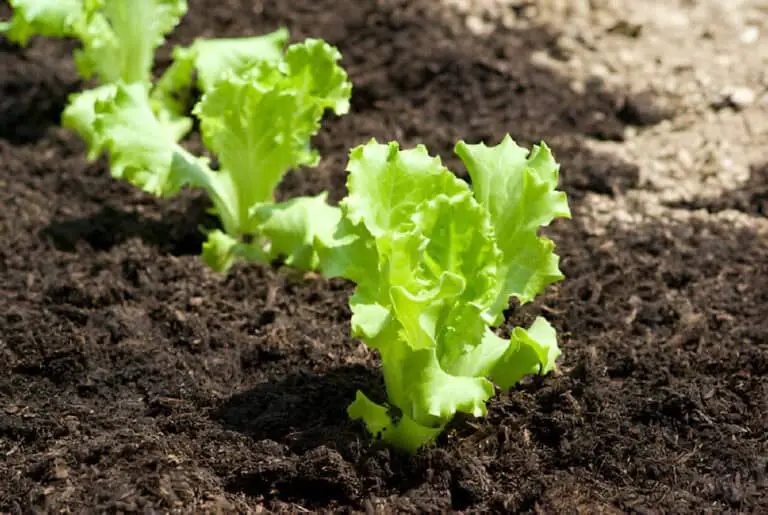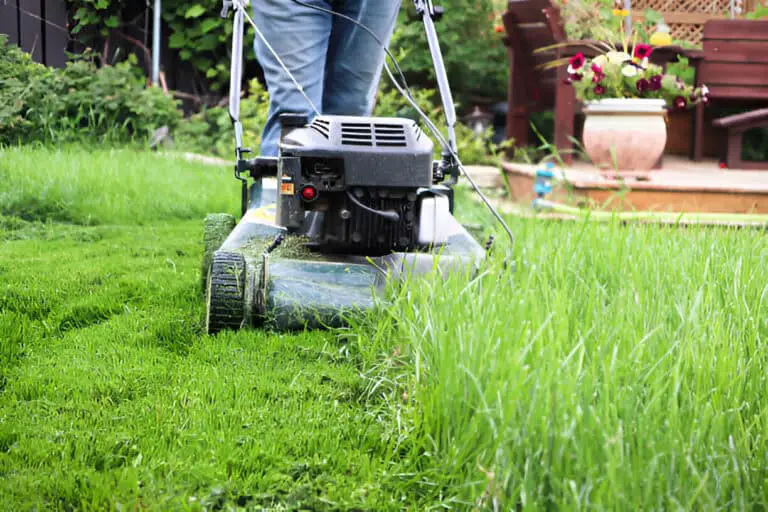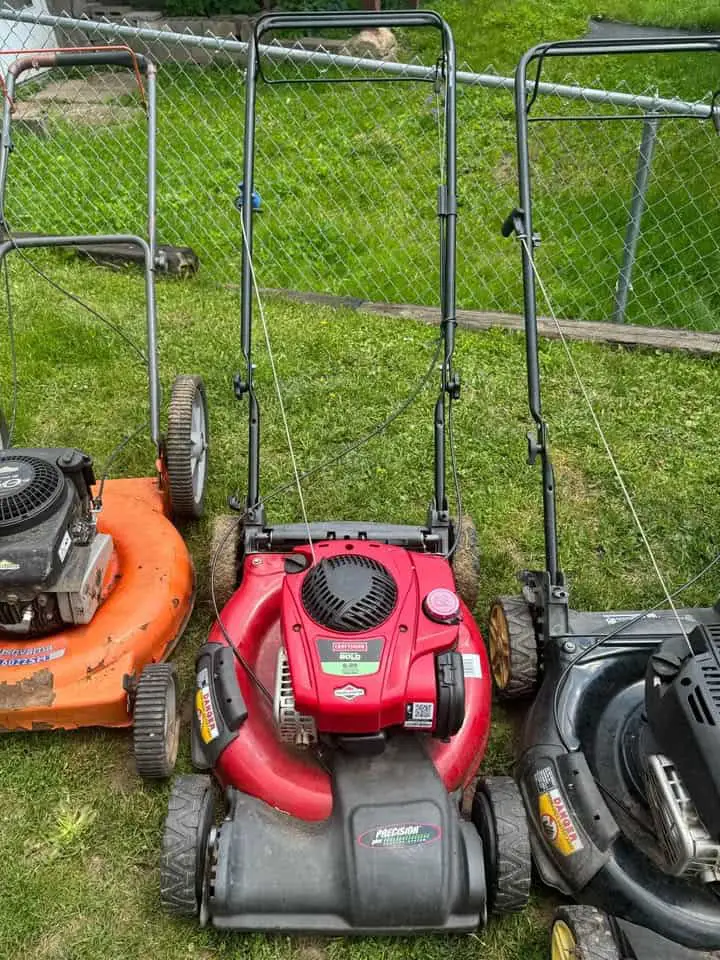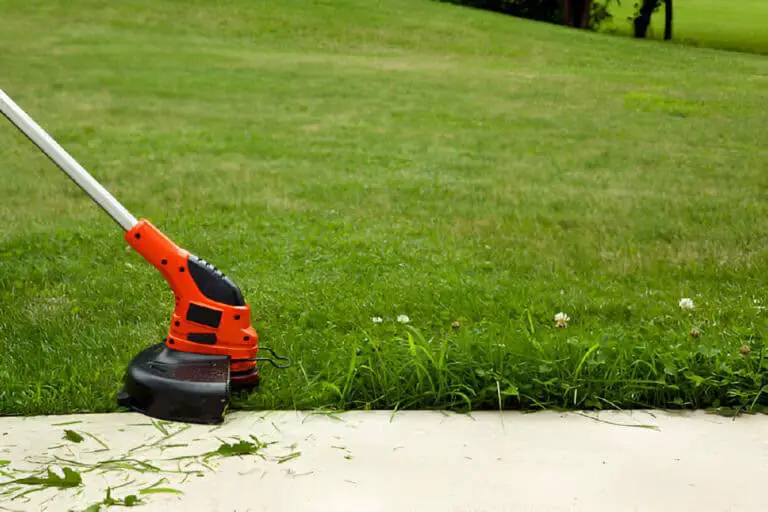How to Revive a Weak Hydrangea Tree: Key Steps for a Stronger Plant
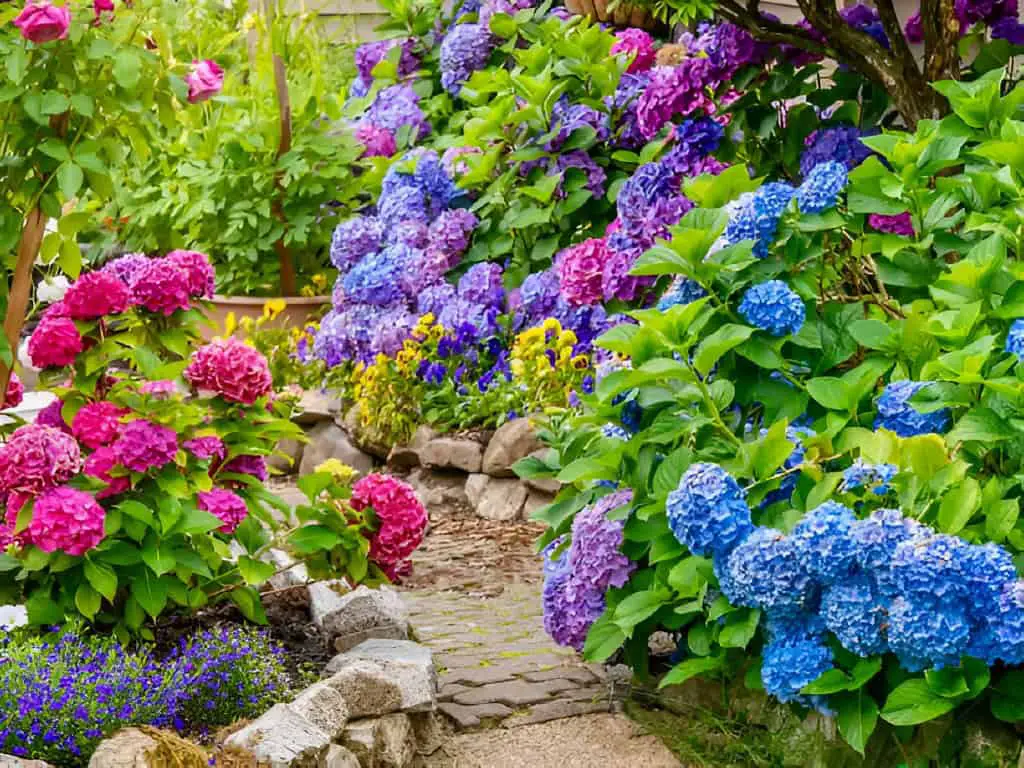
There’s nothing more disheartening than seeing your once-vibrant hydrangea tree struggling to stay upright. I’ve been there, staring at my weak hydrangea, wondering where I went wrong and how I could bring it back to its former glory. Fortunately, there is good news! With the right steps, you can help your hydrangea tree not only survive but thrive again.
When I tackled my weak hydrangea, I quickly realized it wasn’t as complicated as I had feared. Hydrangeas are resilient plants — you just need to know the right moves to make. So, let me walk you through the key steps I used to nurse my hydrangea tree back to health and ensure it stays strong in the future.
Understanding Hydrangea Trees
Hydrangea trees, often called standard hydrangeas, add elegance to any garden with their big, colorful blooms. Popular varieties like the PeeGee or Limelight hydrangea are known for their sturdy stems and large flower heads that shift colors as they mature.
To help your hydrangea tree thrive, provide it with rich, well-draining soil and a spot with morning sun and afternoon shade. These trees appreciate consistent moisture but dislike soggy roots, so good drainage is key.
Keep an eye out for signs that your hydrangea tree needs extra care. Common distress signals include drooping leaves, brown edges, or smaller-than-usual blooms.
| Hydrangea Variety | Key Trait | Climate Preference |
| PeeGee | Large white flower heads | Cooler climates, partial sun |
| Limelight | Greenish-white blooms | Mild climates, filtered light |
Knowing what your tree loves makes reviving it much easier and more rewarding.
Step 1: Assessing the Damage
First things first, you need to know what’s really going on with your hydrangea tree. Is it wilting? Hydrangea Dropping leaves? Struggling to produce those gorgeous blooms? These signs often indicate stress, whether from environmental conditions, poor soil health, or inadequate watering.
What to Look For:
- Wilting Leaves: Are the leaves drooping or turning brown at the edges? This could signal underwatering or even root rot.
- Stunted Growth: If your hydrangea tree hasn’t been growing as vigorously as it should, it may be a sign of nutrient deficiencies.
- Sparse Blooms: A healthy hydrangea tree should be covered in flowers. If your hydrangea tree is not producing many blooms, there may be an underlying issue.
Step 2: Proper Watering
Hydrangeas love water — it’s in their name! “Hydra” means water, after all. But finding the right balance can be tricky. Both too much and too little water can cause a hydrangea tree to weaken. When my hydrangea started to struggle, I realized my watering routine was off.
Watering Tips:
- Deep Watering: Hydrangeas need consistent, deep watering, especially during hot months. Aim to water them once or twice a week, ensuring the water reaches deep into the root system.
- Check the Soil: I use the finger test. Stick your finger into the soil about two inches deep — if it feels dry, it’s time to water.
- Mulch to Retain Moisture: Adding a layer of mulch around the base of your hydrangea tree will help retain moisture, keep the soil cool, and suppress weeds.
| Watering Issue | Symptoms | Solution |
| Underwatering | Wilting, browning leaves | Increase watering frequency |
| Overwatering | Yellowing leaves, root rot | Reduce watering, improve drainage |
| Uneven Watering | Dry spots in soil, weak roots | Ensure consistent deep watering |
| Read: Hydrangea Quercifolia (Oakleaf Hydrangea): Plant Care |
Step 3: Improving Soil Health
If your hydrangea tree is looking weak, it might be rooted (pun intended) in poor soil conditions. Hydrangeas prefer rich, well-drained soil that allows their roots to breathe. The wrong soil composition can suffocate their roots or deprive them of the nutrients they need to thrive.
Soil Tips:
- Amend Your Soil: Add organic matter like compost or well-rotted manure to improve soil structure and provide essential nutrients. Your hydrangea will thank you!
- Check the pH: Hydrangeas are famously picky about soil pH. While some varieties prefer acidic soil (which gives you those coveted blue blooms), others do better in neutral to slightly alkaline conditions. You can buy a pH testing kit or consult a local garden center.
- Aerate the Soil: Compacted soil prevents oxygen from reaching the roots. Use a garden fork to gently aerate the soil around your hydrangea tree, ensuring it can “breathe.”
Step 4: Fertilizing for Strength
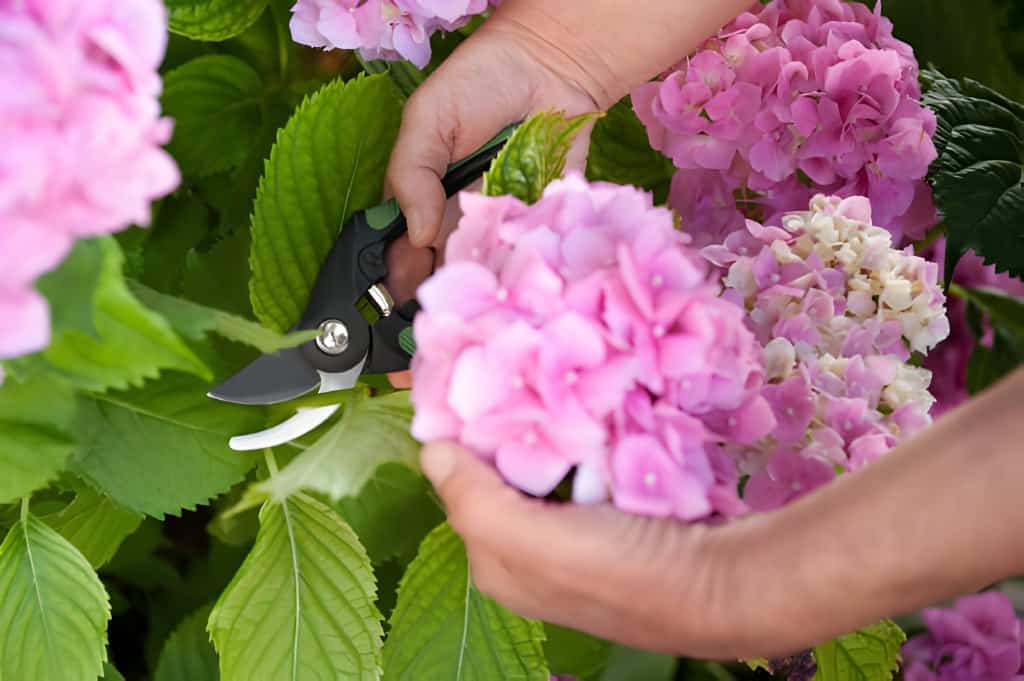
Weak plants often suffer from nutrient deficiencies. I learned the hard way that hydrangeas need feeding — particularly in the growing season — to keep producing lush blooms and sturdy growth. A lack of key nutrients like nitrogen, phosphorus, or potassium can leave your hydrangea tree looking frail and tired.
Fertilizing Guidelines:
- Balanced Fertilizer: Use a balanced, slow-release fertilizer (like a 10-10-10 mix) to provide your tree with the nutrients it needs. Apply it in early spring and again in late summer.
- Organic Options: If you prefer organic gardening, compost or organic fertilizers work well for hydrangeas. They release nutrients slowly and help build healthy soil.
- Timing: Don’t over-fertilize! Too much fertilizer can burn your hydrangea, making things worse. Stick to a regular feeding schedule but keep it moderate.
| Check out: How to Plant Hydrangeas at Home |
Step 5: Pruning for New Growth
Weak hydrangea trees often benefit from strategic pruning. I was initially scared to cut anything off, but pruning is like a fresh haircut — it gives your tree a chance to regrow stronger and healthier. The key is knowing when and what to prune.
Pruning Tips:
- Remove Dead Wood: Start by cutting away any dead or damaged branches. These branches won’t come back and only drain energy from the rest of the tree.
- Encourage Airflow: Prune to create an open, airy shape, which helps prevent disease and encourages stronger, more resilient growth.
- Don’t Prune Too Late: If you prune too late in the season, you might accidentally cut off next year’s flower buds. Prune immediately after flowering, so you don’t lose your blooms.
Step 6: Protect from Pests and Diseases
Hydrangeas are magnets for pests like aphids, spider mites, and slugs. A weak hydrangea is even more susceptible to pest infestations and fungal infections. When my hydrangea tree looked weak, I found that pests had added insult to injury, so I had to act quickly to stop them in their tracks.
Pest Control Strategies:
- Inspect Regularly: Keep an eye on the leaves and branches for signs of pests like aphids or mites. Sticky residue or holes in the leaves can be a giveaway.
- Neem Oil: I use neem oil as a natural remedy for pests. It’s safe for plants and highly effective.
- Fungicides: If you notice mold or mildew on the leaves, treat your hydrangea with an appropriate fungicide. Just be sure to follow the instructions carefully to avoid damaging your tree.
Step 7: Sunlight and Placement
Sometimes, your hydrangea’s weakness could be due to poor placement. Hydrangeas like a mix of sun and shade, and if they’re getting too much of one or the other, they’ll let you know by drooping or wilting. I learned this the hard way — placing my hydrangea in full, scorching sun caused it to fry.
Light Preferences:
- Morning Sun, Afternoon Shade: Hydrangeas thrive in spots where they get gentle morning sunlight and some afternoon shade. This combination gives them the energy they need without scorching them.
- Too Much Shade? If your hydrangea is in full shade, it might struggle to produce blooms. In this case, consider relocating it to a sunnier spot, but be gentle with the move!
| Sunlight Condition | Signs | Solution |
| Too Much Sun | Wilting, dry leaves | Move to a shadier spot, or add shade |
| Too Much Shade | Few or no blooms, leggy growth | Relocate to an area with more sun |
| Ideal Mix | Vibrant blooms, healthy leaves | Maintain current placement |
Step 8: Patience and Consistency
Finally, the most important step is patience. Your hydrangea tree won’t bounce back overnight, but if you follow these steps consistently, you’ll start to see signs of recovery. In my experience, the first new growth is the most rewarding — like a little green light signaling, “Hey, I’m coming back!”
Keep watering, feeding, pruning, and checking for pests, and before long, your hydrangea will be back to producing those show-stopping blooms.
Conclusion: Bringing Back the Blooms
Reviving a weak hydrangea tree can feel like a labor of love, but it’s entirely possible with the right care. By properly assessing the damage, watering consistently, improving soil health, and giving it some extra TLC through pruning and feeding, you can bring your hydrangea tree back to life. Be patient and closely monitor its progress, and soon you’ll be able to admire a robust, blooming hydrangea tree once more.
If I can successfully revive mine, I am confident that you will also succeed with yours! Just remember: nature’s patience is key, and sometimes, even the weakest tree can surprise you with a comeback worthy of a garden spotlight.


